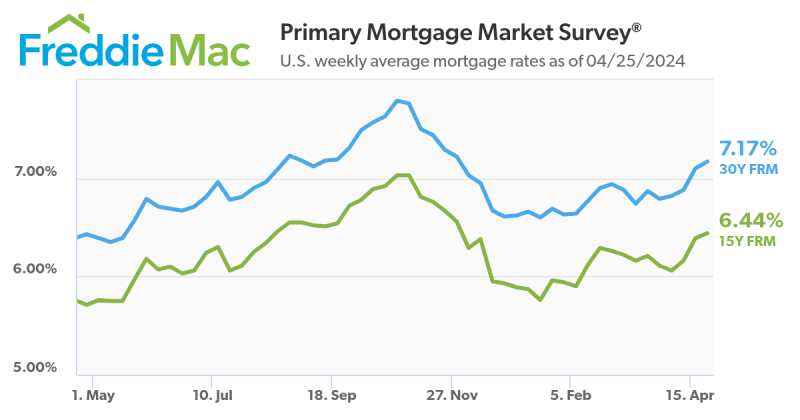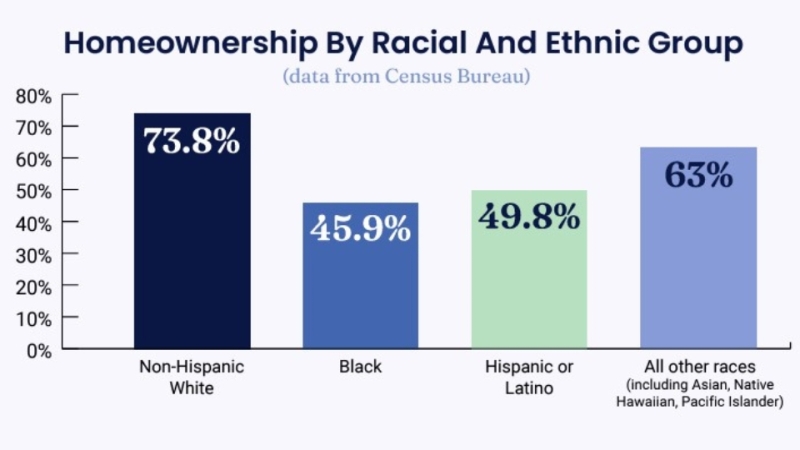Commercial/Multifamily Delinquencies Drop in Q3

Delinquency rates for commercial and multifamily mortgage loans continued to decline in the third quarter of 2015, according to the Mortgage Bankers Association’s (MBA) Commercial/Multifamily Delinquency Report.
“Commercial and multifamily mortgages are performing very well,” said Jamie Woodwell, MBA’s vice president of Commercial Real Estate Research. “Delinquency rates for loans held by life companies, Fannie Mae and Freddie Mac are all hovering near zero. Among loans held by banks, the delinquency rate for multifamily loans is now lower than it has been since the series began in 1993, and the delinquency rate for mortgages backed by other commercial properties is down to levels seen before the most recent recession.”
The MBA analysis looks at commercial/multifamily delinquency rates for five of the largest investor-groups: commercial banks and thrifts, commercial mortgage-backed securities (CMBS), life insurance companies, Fannie Mae, and Freddie Mac. Together these groups hold more than 80 percent of commercial/multifamily mortgage debt outstanding.
Based on the unpaid principal balance (UPB) of loans, delinquency rates for each group at the end of the third quarter were as follows:
►Banks and thrifts (90 or more days delinquent or in non-accrual): 0.82 percent, a decrease of 0.08 percentage points from the second quarter of 2015;
►Life company portfolios (60 or more days delinquent): 0.04 percent, a decrease of 0.02 percentage points from the second quarter of 2015;
►Fannie Mae (60 or more days delinquent): 0.05 percent, unchanged from second quarter of 2015.
►Freddie Mac (60 or more days delinquent): 0.01 percent, unchanged from second quarter of 2015;
►CMBS (30 or more days delinquent or in REO): 4.84 percent, a decrease of 0.15 percentage points from the second quarter of 2015;
The analysis incorporates the same measures used by each individual investor group to track the performance of their loans. Because each investor group tracks delinquencies in its own way, delinquency rates are not comparable from one group to another.
Construction and development loans are not included in the numbers presented here, but are included in many regulatory definitions of ‘commercial real estate’ despite the fact they are often backed by single-family residential development projects rather than by office buildings, apartment buildings, shopping centers, or other income-producing properties. The FDIC delinquency rates for bank and thrift held mortgages reported here do include loans backed by owner-occupied commercial properties.





